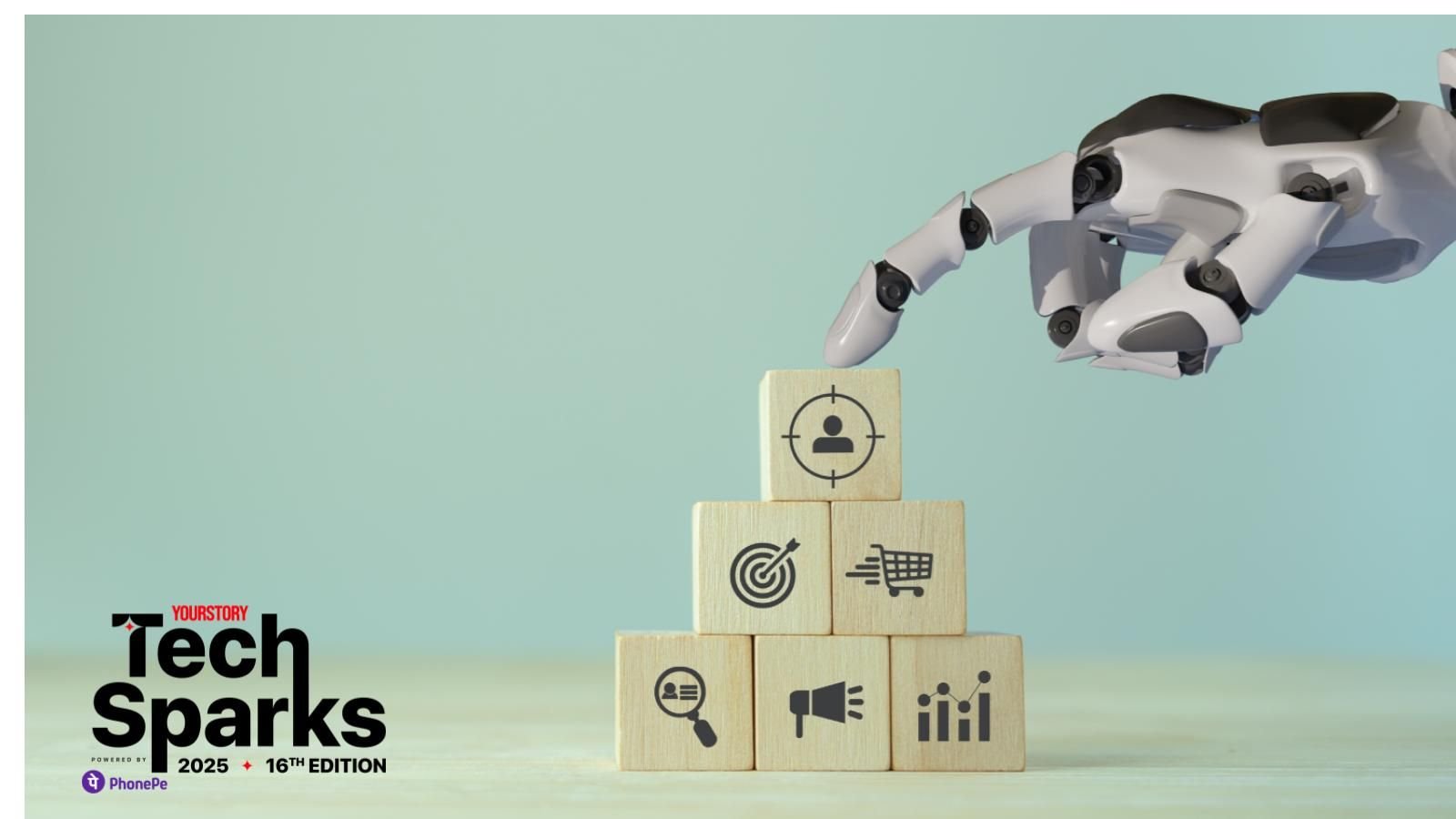Harnessing generative AI in open source for India’s digital transformation


In today’s rapidly shifting digital economy, artificial intelligence (AI) and generative AI (GenAI) are no longer optional—they are foundational to innovation and competitive advantage. For Indian enterprises, the question is no longer whether to adopt GenAI but how to do so in a way that ensures long-term sovereignty, strategic autonomy, and national resilience.
The strategic imperative: Data sovereignty as the new moat
In a world where data drives every aspect of value creation—from customer engagement and product development to risk management and innovation—control over one’s data is not just a technical concern. It is also a matter of survival.
For Indian businesses, relying on external vendors—particularly those subject to foreign jurisdictions—for managing proprietary data can pose meaningful long-term risks to control, compliance, and strategic autonomy. Data is the new moat, and in this new AI-powered economy, not owning your data stack is an existential risk.
India has already recognised this in its public infrastructure. Consider for example the India Stack, a collection of open APIs including UPI, eKYC, and DigiLocker, which has empowered millions while keeping data sovereignty and open innovation at the core.
India Stack is not just a success story. It is a blueprint that other regions are looking at as a model of what’s possible for technology that supports public good while remaining sovereign. The same principles that guided India Stack must now be considered for the next frontier: GenAI.
Open Source GenAI: Powering India’s digital sovereignty
Open source has always represented freedom, innovation, and resilience. In the era of GenAI, it now plays an even more crucial role in helping Indian enterprises create AI solutions that are sovereign and built for India’s needs.
Open source GenAI stacks allow Indian organisations to choose their own models, embeddings, and vector databases, and to deploy them on infrastructure they control. This enables true data sovereignty—where sensitive data, such as patient records, financial transactions, and strategic IP, never leaves national boundaries or gets processed in opaque ‘black box’ environments.
It also supports India’s unique linguistic and regulatory diversity. From customising AI to understand and respond in local languages, to aligning with RBI, IRDAI, and sector-specific compliance standards, the adaptability of open source is an ideal match for India’s digital ambitions.
AI that enhances Indian talent
GeAI should never aim to replace human expertise. Rather, it should amplify it. In sectors like healthcare, finance, and customer service, GenAI helps automate repetitive tasks so professionals can focus on judgement, innovation, and meaningful human engagement.
Take, for example, Haokang Health—a healthcare organisation that integrates AI into clinical workflows without compromising the central role of medical professionals. This represents a new frontier that is possible for the application of AI tools in APAC. And in India, a country with complex needs and high-touch industries, a human-first design in AI is essential to maintain trust, foster adoption, and deliver impact at scale.
Secure, transparent, and compliant by design
Indian enterprises today face rising cyber threats, tightening data regulations, and growing consumer awareness about privacy. Open source GenAI platforms allow for air-gapped, on-premises, or edge deployments that keep data within Indian jurisdiction, giving organisations peace of mind that their insights, customer records, and business logic remain private and under their full control.
Furthermore, these solutions bring observability and explainability to the forefront, which is key for industries like finance and healthcare, where audit trails, performance monitoring, and regulatory compliance are critical.
Building the future through collaboration
India’s GenAI journey should be a collaborative one between developers, enterprises, regulators, and global partners aligned with India’s sovereignty-first vision. Private open source GenAI initiatives can serve as innovation hubs that support and co-create AI tailored for the Indian context, while bringing in best-in-class industry practices from the broader open source community.
These efforts align well with national strategies like ‘AI for All’, which envision AI as a catalyst for inclusive growth, rural upliftment, and next-generation digital governance.
A call for digital independence
The future of India’s digital transformation hinges not just on adopting AI, but also on owning it: whether that’s the models, the infrastructure, and, above all, the data.
Just as India built and retained control over foundational systems like India Stack, Indian enterprises must now take the same sovereign-first approach to AI. Open source GenAI can be an accelerator in realising this vision. It enables sovereignty, flexibility, and innovation at scale, empowering Indian organisations to build their own moats, preserve their autonomy, and lead the global digital economy on their own terms.
Those who seize this opportunity—who prioritise control, security, and transparency—will not just survive the AI revolution, they will define it, on their own terms.
The author is Global Lead – AI Innovation & Incubation, SUSE, a global leader in secure, open-source solutions for enterprise innovation.
Learn more on how AI is reshaping India’s enterprises at TechSparks 2025. Join us at Taj Yeshwantpur, Bengaluru, from November 6 to 8 and be part of the innovation shaping the nation’s future. For more information, click here.
Edited by Swetha Kannan
(Disclaimer: The views and opinions expressed in this article are those of the author and do not necessarily reflect the views of YourStory.)
Discover more from News Hub
Subscribe to get the latest posts sent to your email.







